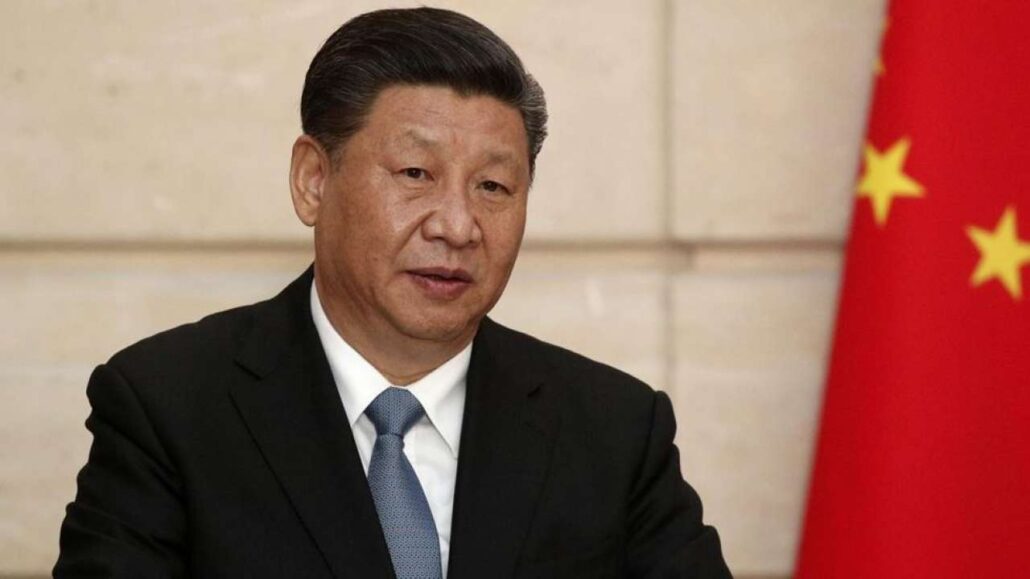
China’s recent unveiling of its updated “standard map” has stirred controversy, as it incorporates contentious territories, including Arunachal Pradesh, Aksai Chin, Taiwan and the disputed South China Sea regions.
The release, which occurred on August 28, has raised diplomatic concerns and rekindled existing disputes.
China’s official map, referred to as the 2023 edition, was introduced via the Ministry of Natural Resources’ standard map service website. The map employs a method involving national boundaries to depict China’s perspective on global geography, potentially inflaming tensions with neighbouring nations.
“This map is compiled based on the drawing method of national boundaries of China and various countries in the world,” state-run Global Times said in a post on X (formerly Twitter).
Of particular significance is the inclusion of Arunachal Pradesh and Aksai Chin, both areas that have long been subject to conflicting claims between China and India. Arunachal Pradesh, despite China’s assertions of it as South Tibet, has steadfastly remained an integral part of India. India has consistently reiterated this stance. India has repeatedly said that the state of Arunachal Pradesh has “always been” and will “always be” an integral part of the country, PTI reported.
The map’s ambit goes beyond India’s borders. China’s assertion of Taiwan as an inalienable part of its territory and its continued pursuit of integrating the island into its fold aligns with President Xi Jinping’s strategic objectives. This portrayal further heightens tensions between China and Taiwan, a matter of global concern.
Additionally, China’s delineation includes the controversial nine-dash line, which asserts a substantial portion of the South China Sea as Chinese territory. This move is met with opposition from countries like Vietnam, the Philippines, Malaysia, Brunei and Taiwan, who have competing claims over the same maritime regions. PTI